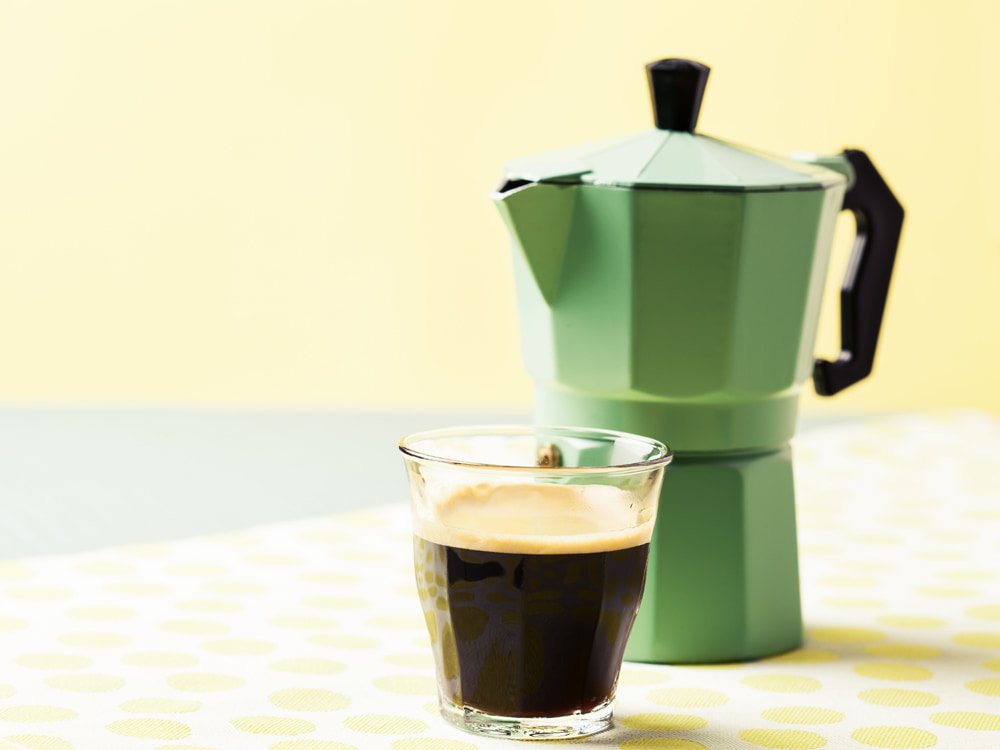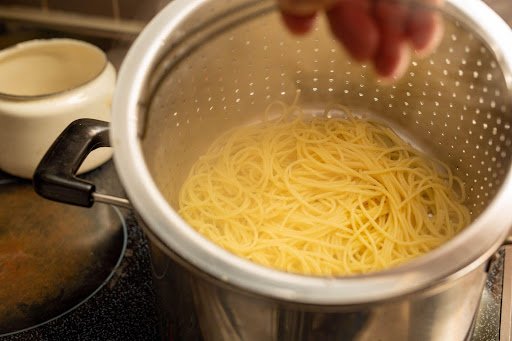
Did you know that eggs have a deeper meaning than a tasty breakfast food? The ancient Egyptians and Greeks had more in mind than just eating them. They had a specific symbolism and purpose incorporated into their culture. Using an egg has continued to generate new trends and etched itself into traditions that we still use today.
Of the traditions we still use today, how many of us know the meaning of them? Some are more than just something fun to do on a holiday. There is the symbolism behind these activities. The most interesting part is that the meanings and symbols have morphed as each generation puts its own mark on things.
Egg in a Basket

Eggs in a basket can be called eggs in a nest, eggs in a hole, or one-eyed jacks. The differences in names depend on where you originate from. Amazingly, this simple dish has a variety of names, yet here is the backstory to this interesting phenomenon.
This recipe was brought to the attention of egg lovers globally during the turn of the last century. It was around the time when Eggs Benedict became popular. In 1890, the recipe was known as Egg in a Hat and was published in the Boston Cooking School Cookbook by Fannie Farmer.
It used a 2 ½” cookie cutter to remove the center of the bread, which was then added to the top as a hat.
Egg in a Hat was passed down through the generations with different titles and small changes. However, the core idea has remained consistent.
How Do You Make Eggs in a Basket?
Also known as Egg in the Hole, this hearty, easy-to-make recipe is simply made by cutting out a hole center in a piece of toast and cooking an egg in it. It is simple to make and a healthy way to begin your morning.
Egg in a Basket only takes five minutes to make and is simple enough that the children can make it. If you are looking for a breakfast that kids can make for Mother’s/Father’s Day, Birthdays, or holiday breakfasts in bed, this one will rank high on your list.
Ingredients:
- Whole wheat bread
- Butter
- Large eggs
- Salt and pepper
You can also kick the recipe up a notch by adding a bit of cayenne pepper, or Frank’s Red Hot in powder form for added spice.
Directions:
- Lightly butter the whole wheat bread on both sides. Then place them on a cutting board. Make sure you butter them enough so they won’t stick to the pan when you are frying the egg/toasting the bread.
- Using a circular object like a glass or cookie cutter, cut a circle in the middle of each slice of bread. This is where the egg will eventually go.
- Over medium-high heat, use a large frying pan to melt enough butter covering the base of the pan. This is so the bread doesn’t stick as it is cooking.
- Once the butter has melted, begin to add the slices of bread.
- Crack the egg and place it in the hole of each of the bread slices. Avoid putting any shell in there.
- Fry the egg until it reaches a golden color on the bottom. This usually takes two minutes. Then, flip the bread over to begin cooking the other side. Don’t forget to flip the circles so the other side can get toasted.
- Once you are happy with the cooked eggs in the center, add them to the plate along with the bread circles. Add pepper and salt to taste along with any other seasonings you choose.
Eggs are a very versatile food item. Not only are they used for consumption, but they are used for Easter as well. This is when the egg becomes more symbolic.
Egg Collecting Basket- The History

While for many people, Easter commemorates the Christian holiday of the resurrection of Jesus Christ, Easter baskets have nothing to do with Christianity at all. The backstory of the Easter basket traces back further than Christ’s death on the cross by several thousand years.
Easter was known in ancient cultures to celebrate the spring equinox. This was the time of the year when the daytime and nighttime hours were the same. If you were a farmer, it was the anticipated transition from winter’s dark days to the warmth of spring.
During this time, people prayed to a pantheon for an abundant harvest. The pantheon included praying to Eostre, the Anglo-Saxon goddess of spring and fertility. People at that time held feasts to honor this goddess at this time.
Eostre was portrayed as a woman cradling woven baskets at the crook of her arm. This began the tradition of the Easter basket.
What was in the basket was dictated by symbolism. During the medieval ages, hopping hares symbolized fertility. European folklore dictated that a rabbit lets a basket full of colored eggs for kids. When people immigrated to America, the story went along with them and became woven into the culture.
Decorated eggs throughout the ages have symbolized new life or fertility. Greeks, ancient Egyptians, and Asians believed in the world beginning from a cosmic egg. In Christianity, the egg is symbolic of Jesus’ empty tomb. Eggs are stained red in the representation of the blood of Christ. When it is cracked open, it represents Christ’s resurrection.
Exchanging Easter baskets began with medieval Catholics celebrating the end of Lent. Baskets filled with goods were brought to church to be blessed by the priest. It would resemble all the symbols of fertility like the rabbit, colored eggs, and the basket.
Easter Egg Basket
You can do Easter egg baskets in several ways. One way is to dip dye the basket into ombre hues. Then, you place a rabbit blanket on top of colored grass with eggs and toys around the bunny.
Some families also incorporate scavenger hunts. This three-pack Easter Bunny bag is perfect to use for this application. The ears come in different colors, so the children won’t be able to mix them up. You can also buy some with your child’s name etched on it as well.
Some things you can add to the scavenger hunt include:
- Pretex Easter Eggs filled with Pull Back Vehicles
- Jumbo Eggs with Dinosaur Pull Back Cars
- Fun Little Toys
- Jumbo Easter Eggs with Unicorn Pony
There are many uses for eggs ranging from a popular breakfast meal (or anytime meal) to the symbolism behind using eggs for Easter. Throughout the ages, we have used eggs in one capacity or another. They have taken on new meanings each time.










